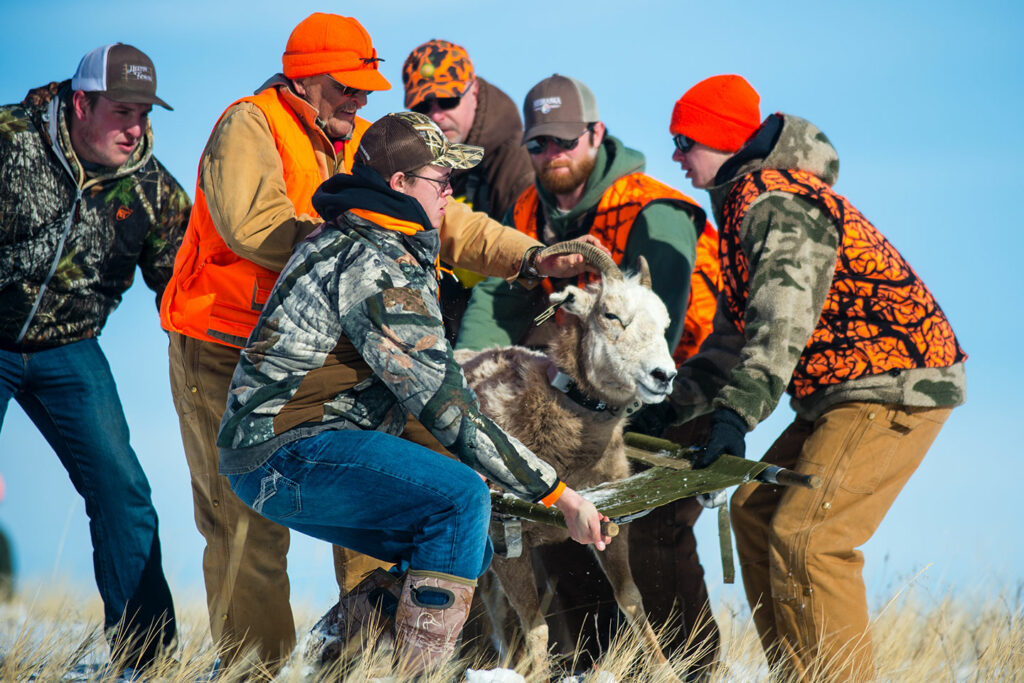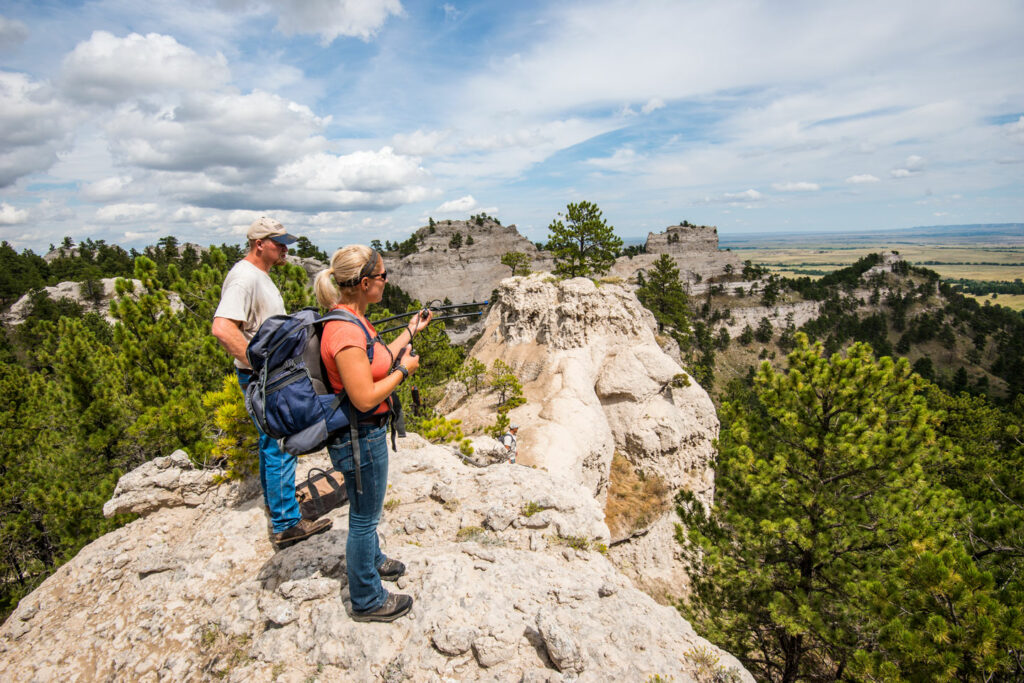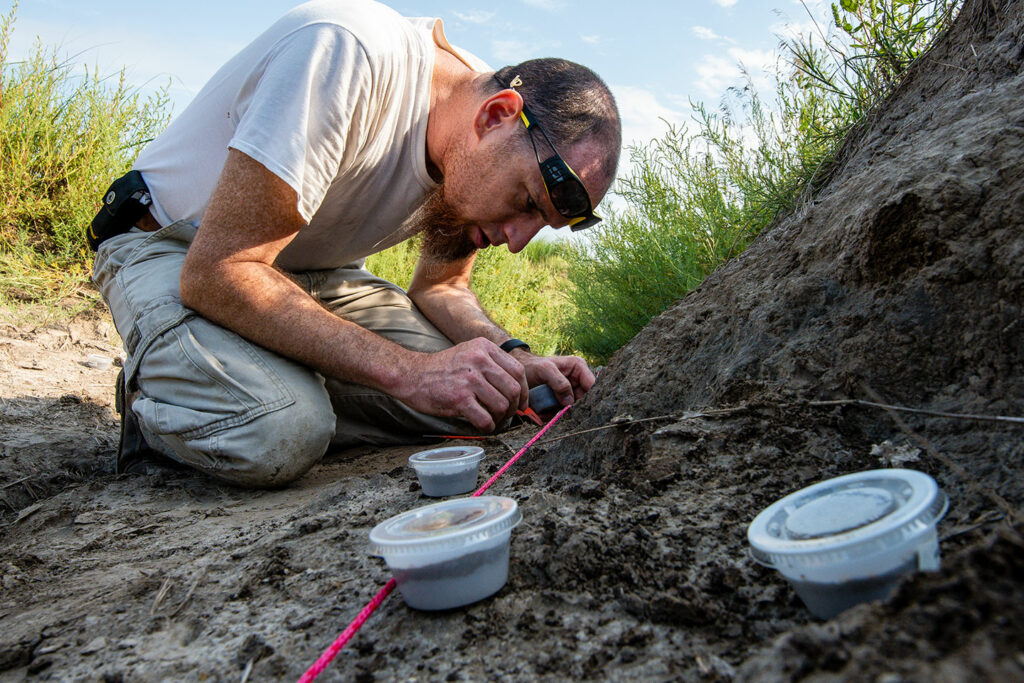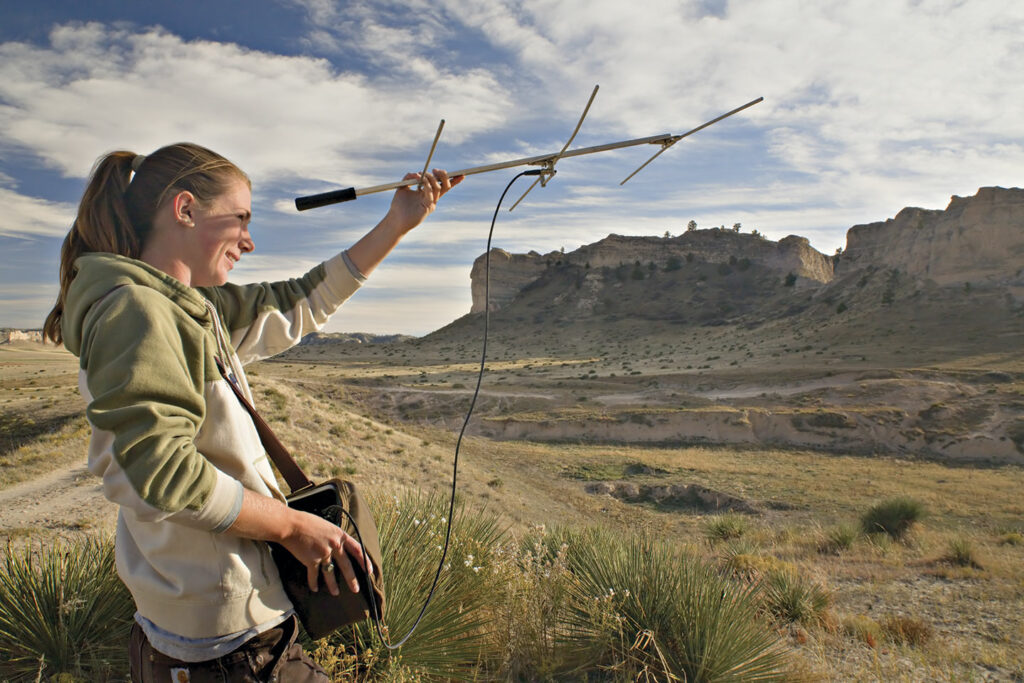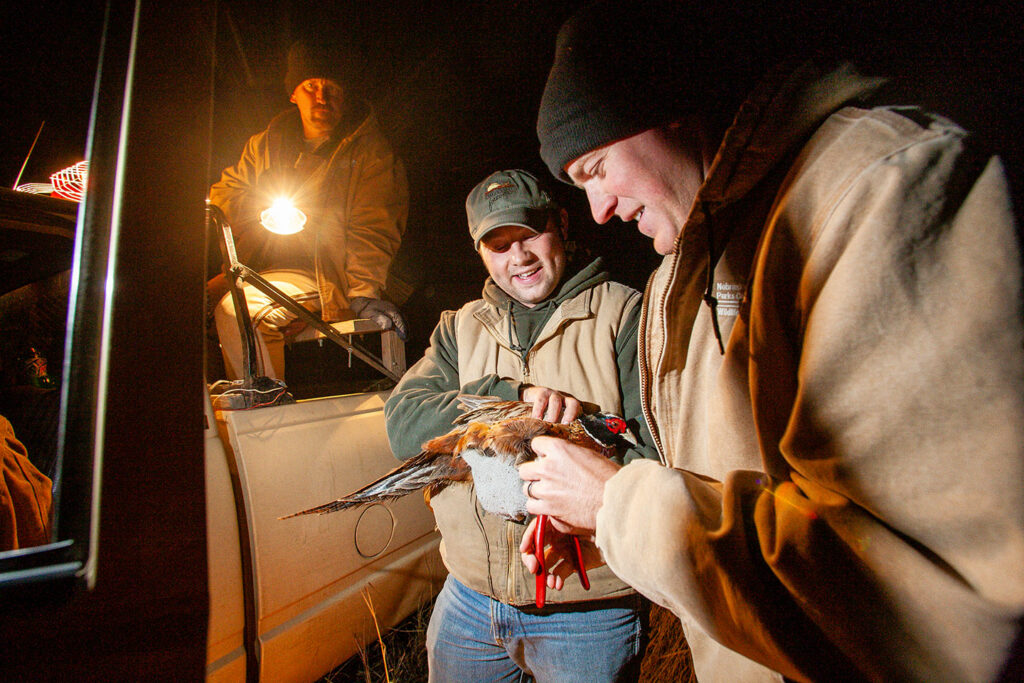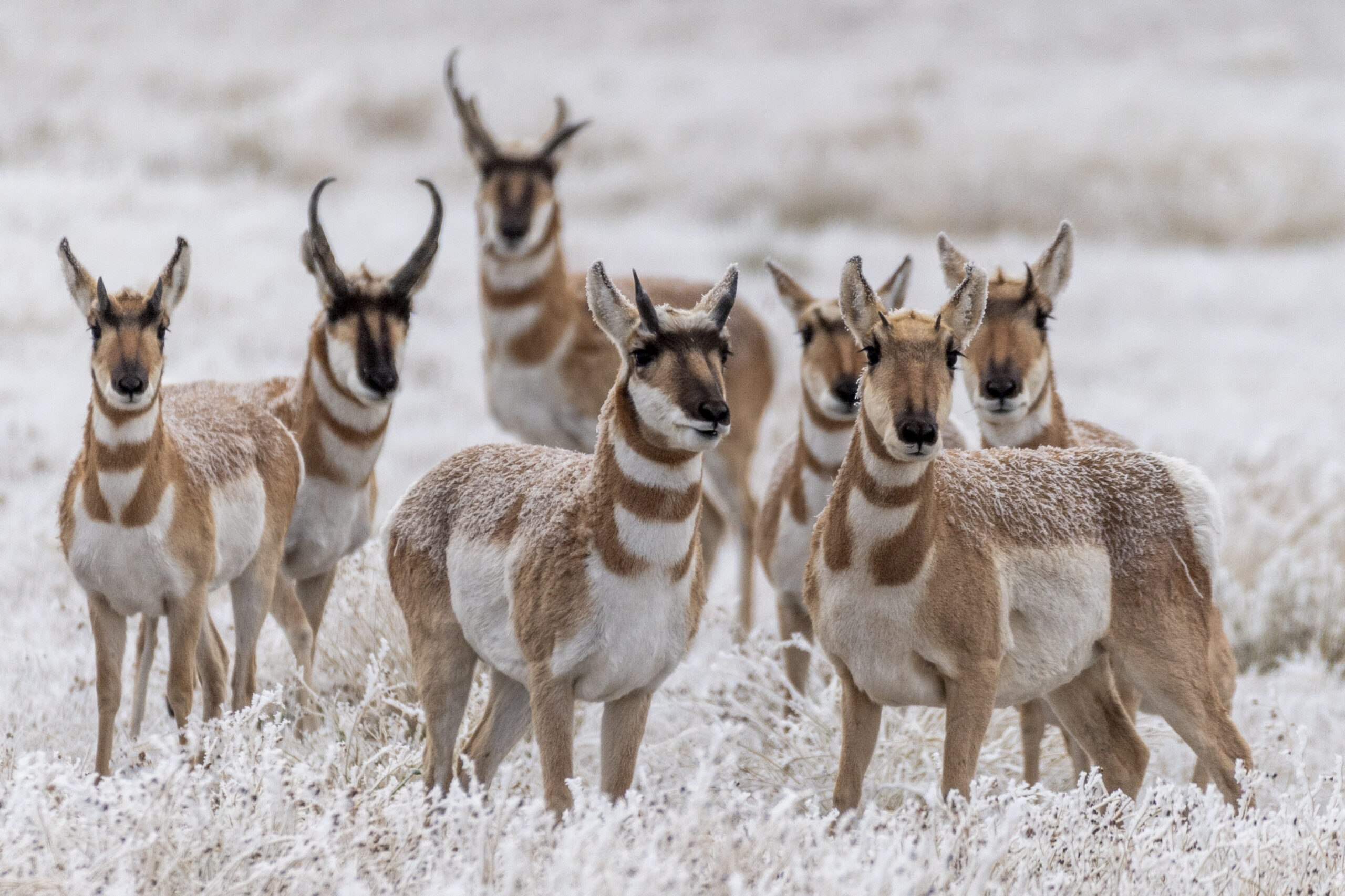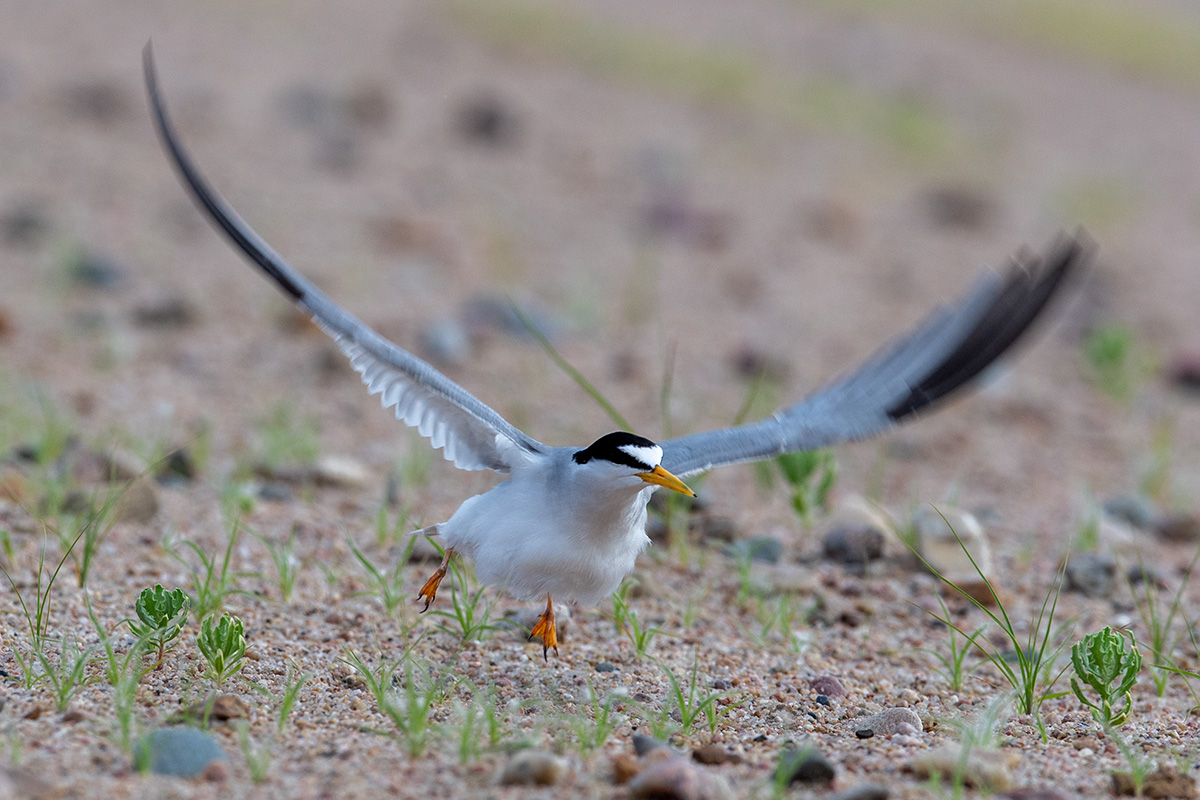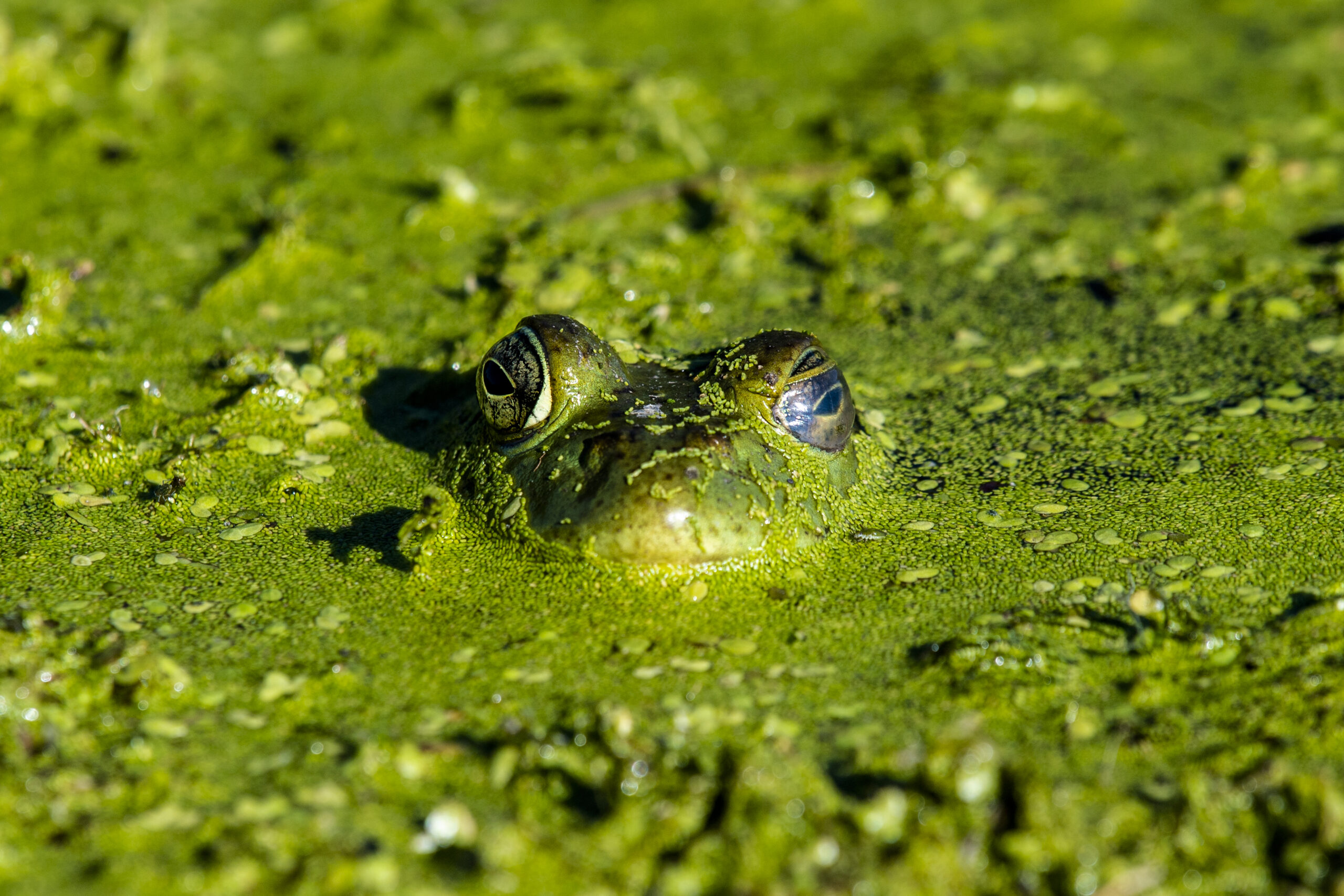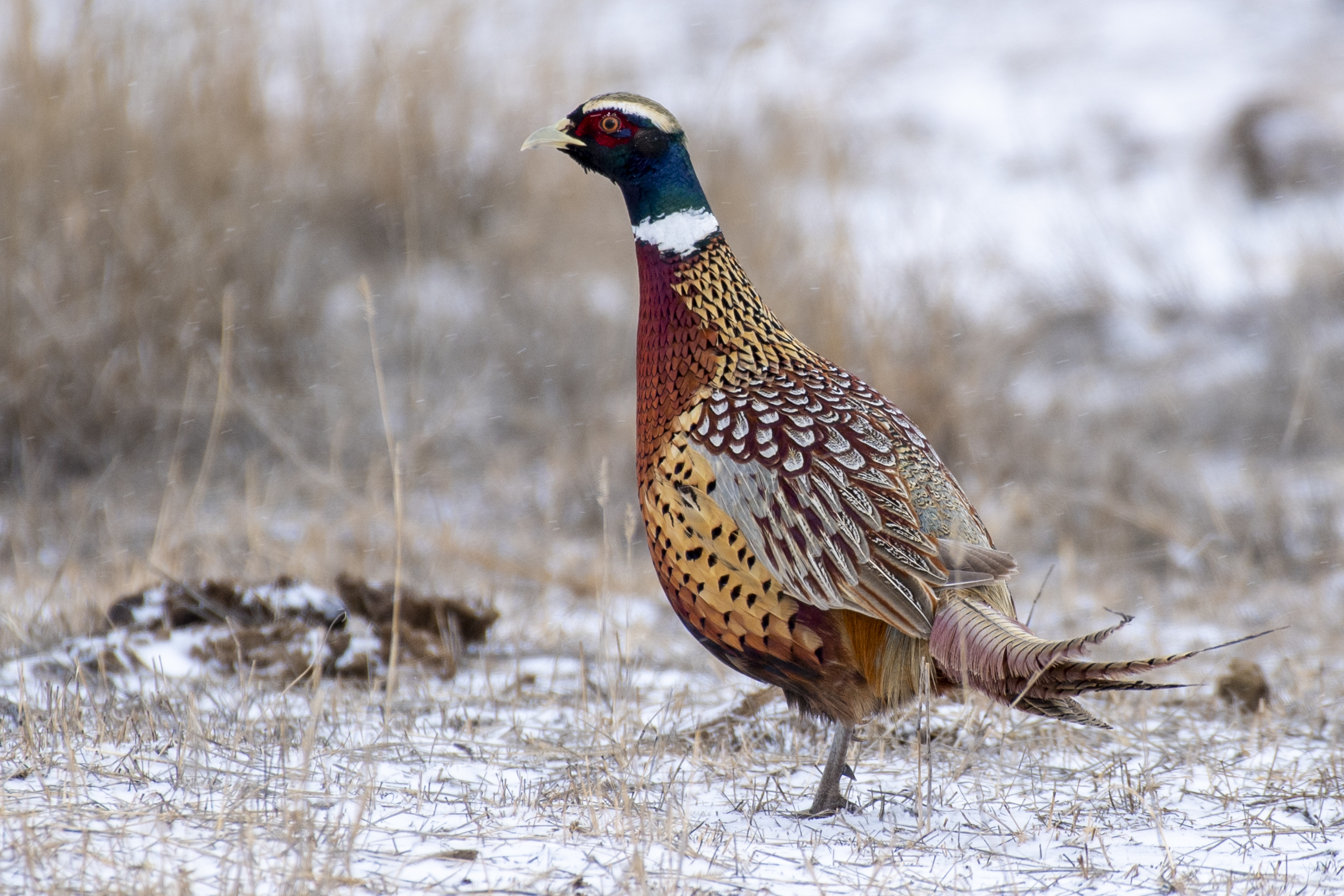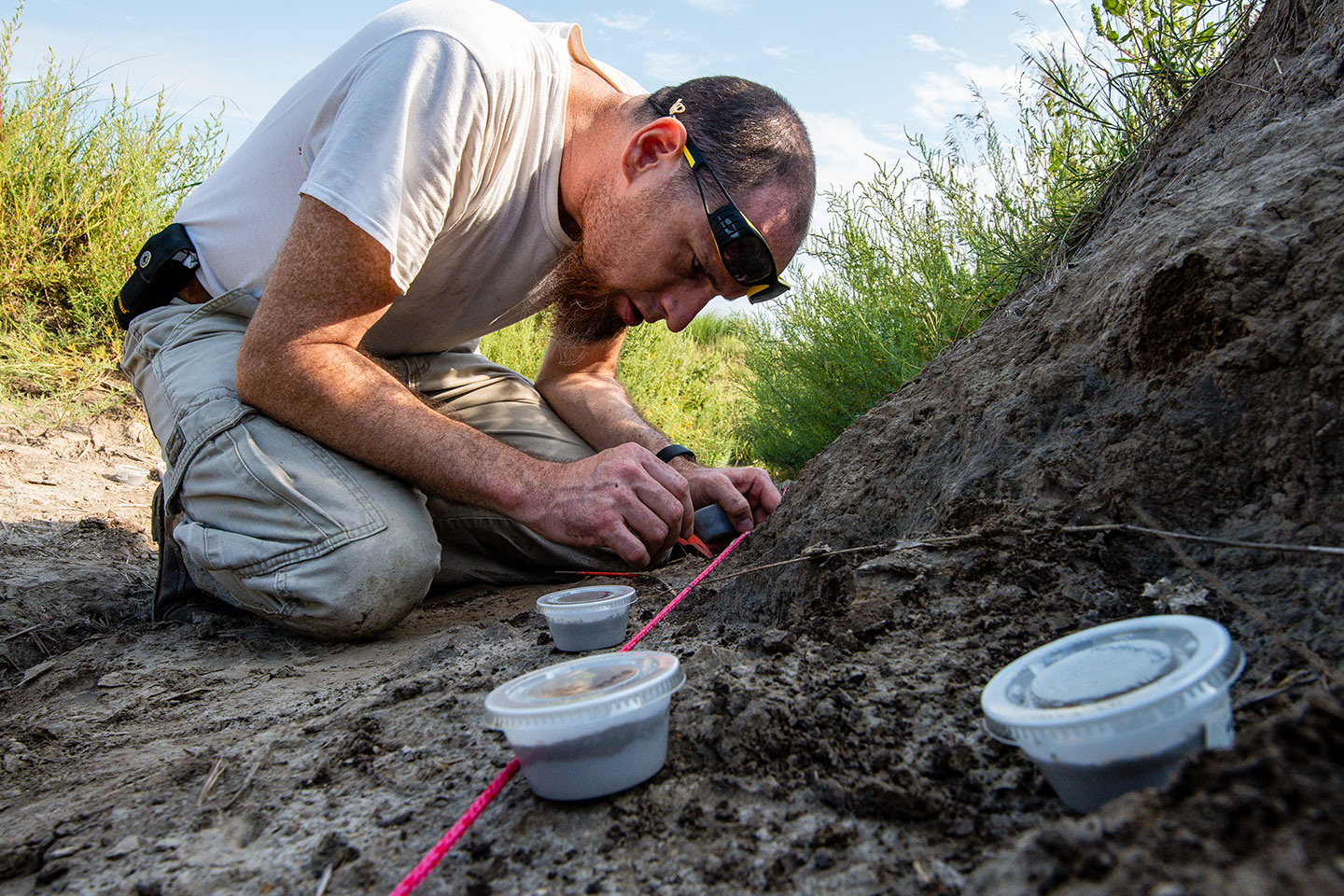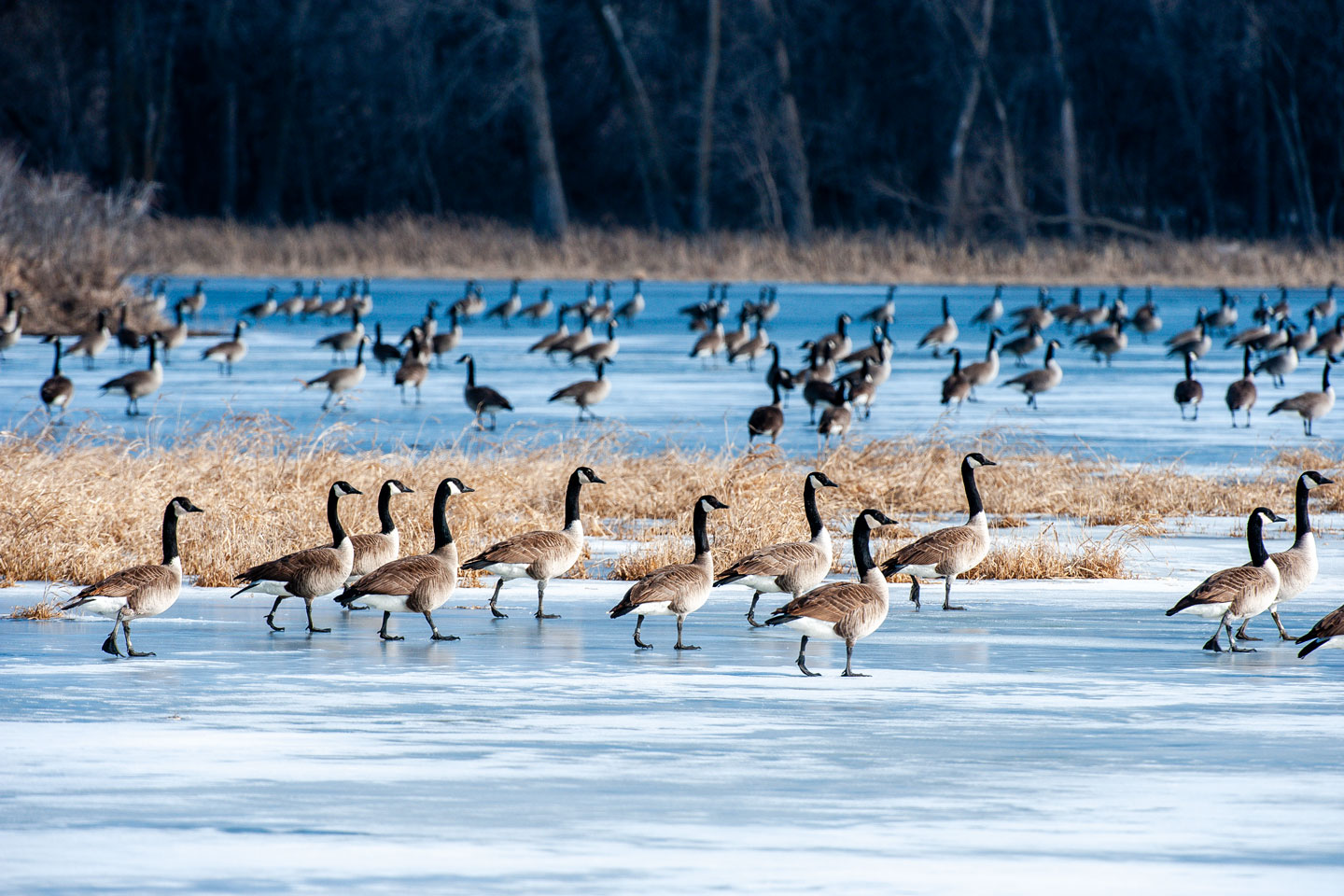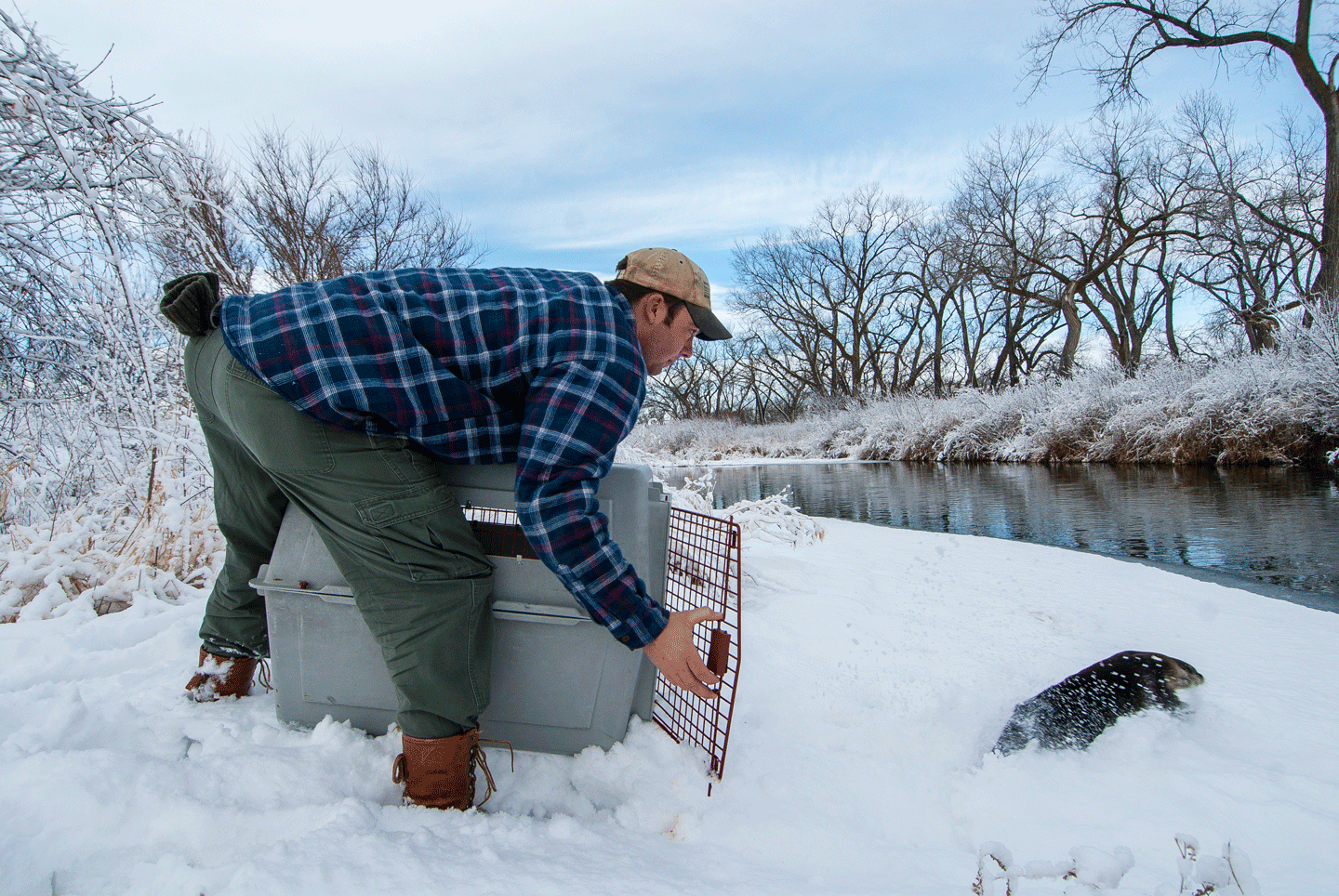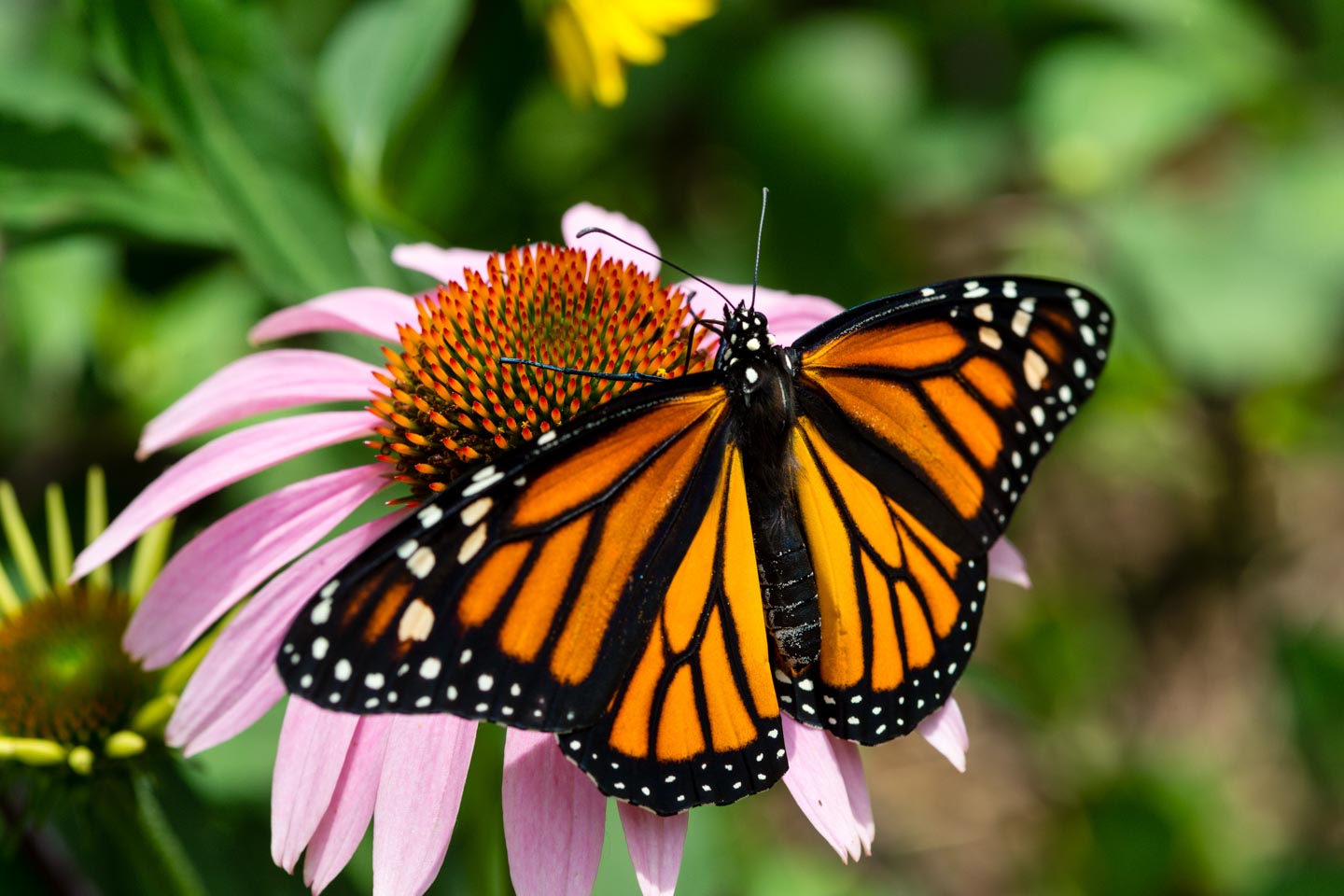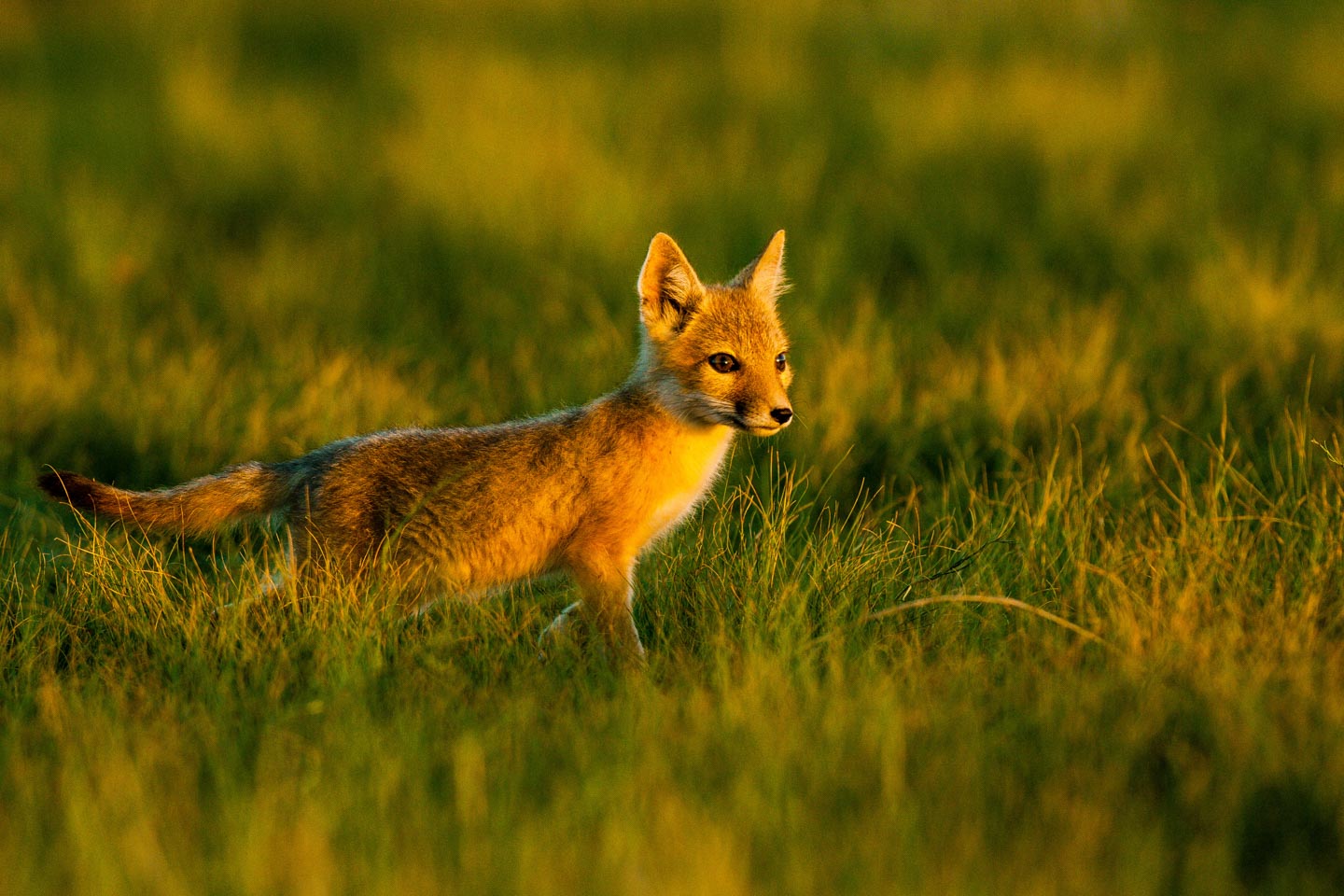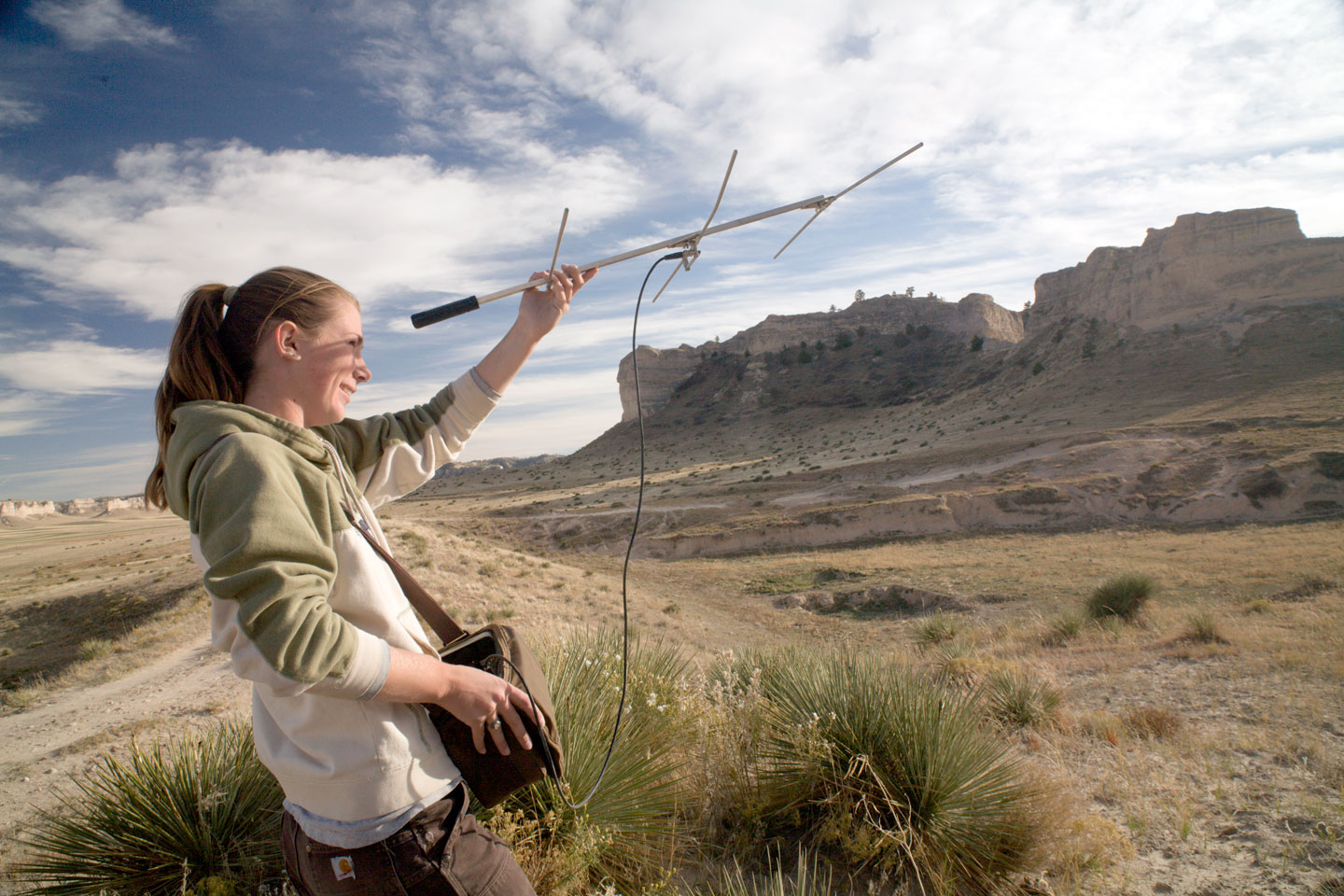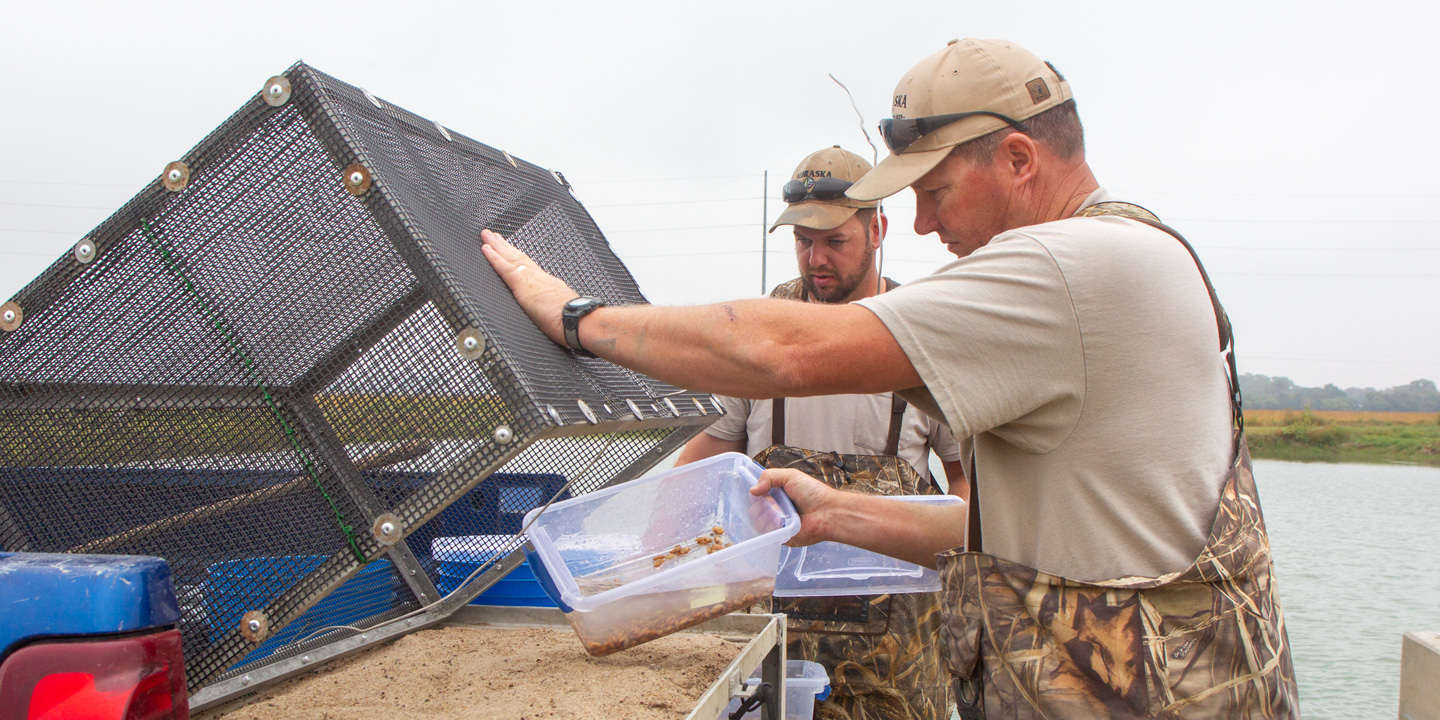Research
Wildlife research, analysis and inventory.
The mission of the Research, Analysis and Inventory section of the Nebraska Game and Parks Commission is to provide sound, scientific information that informs the management, conservation, and understanding of the flora and fauna of Nebraska. We employ a diverse staff with expertise in a wide variety of disciplines. From restoring Rocky Mountain bighorn sheep in the Pine Ridge to recovering the critically endangered Salt Creek Tiger Beetle in Lincoln, our goal is to build upon the current understanding of Nebraska’s species and their habits to aid in their conservation and management. With this page, we hope to provide updated information to keep the agency and public informed on what we are doing across the state and regionally.
Research programs
Data and Biometrics Program
The Data and Biometry Program provides analytical and data management support to RAI program areas and the Wildlife Division of Game and Parks. The Program focuses on human dimensions of wildlife management (HD) as well as ecological research and monitoring. The program strives to make wildlife data resources (e.g., databases, spreadsheets, protocol documentation, summary information and reports) within the division accessible, usable, and secure—now and for the future. Tasks include HD survey design, coordination, and implementation; data compilation/entry; database design and maintenance; and research design, analysis, and summarization.
Long-term Sustainability of the Rural Mail Carrier Survey
By Jeff Lusk
April, 2020
The thrice annual Rural Mail Carrier Surveys are among the longest running and most spatially wide-ranging surveys of wildlife conducted by the Game & Parks Commission. Currently, the Rural Mail Carrier Surveys (RMCSs) provide information on population status of pheasants, quail, grouse, wild turkey, cottontails, jackrabbits and deer. For some of these species, the RMCSs are the only statewide population assessment currently undertaken by the Commission.
Initiated in the 1940s, the RMCSs have expanded and changed over the years, but recently, changes in people’s mailing habits have resulted in a number of post-office closures across the state. The result has been a decreasing trend in carriers participating each year. However, if existing post offices take on rural routes from those that have closed, the total coverage of the RMCSs might be unaffected by the closures.
I looked at participation by rural carriers through time, in terms of the number of carriers and the number of miles traveled each survey to investigate this questions. Here, I provide results from the July RMCS, but results from the April and October surveys were very similar. Further, although the survey goes back to the 1940s, data in electronic format only goes back to 1979, so analyses are based on the period 1979 through 2018.
Overall trends for the number of carriers participating and the number of miles traveled were decreasing. These decreasing trends might not be an issue if the rate of change for miles traveled was smaller than that for the number of carriers. So that these two variables could be compared directly, they were standardized by dividing each value by its respective mean and dividing it by the standard deviation. These standardized rates of change were nearly identical for carriers and miles, indicating that rural routes lost when a post office closes are truly lost and not assumed by other post offices or carriers. The loss in carriers, therefore, represents a true loss in coverage across the state.
What might this mean for the long-term sustainability of the RMCSs? In order to answer this, I projected participation over the next 20 years (until 2040) to see, assuming current trends continue, what the state of participation in the RMCSs might be. By 2040, a quadratic model of carrier participation predicts that carrier participation will fall below 100 carriers (currently ~400 carriers participate) and miles traveled by participating carriers will fall to just above 50,000 (currently carriers travel a total of ~180,000 miles).
Again, these projections assume that routes and carriers will be lost at the same rate as they are being lost now, and should be considered worst-case. However, given the importance of the RMCSs to tracking population trends, either alternative surveys must be devised or efforts to stem the loss of carrier participants must be undertaken. Further, at what point estimates become unreliable indicators of species abundance as participation and coverage decline should be explored.
Publications and reports
Other news
Recently, researchers from UNL were featured in a Wildlife Society article discussing some of their findings from a recent prairie grouse and wind turbine study in the Sandhills of Nebraska. This project was done in cooperation with the Nebraska Game and Parks Commission, who provided the funding for this project. This project helped the state shed light on wind turbine impacts to prairie grouse during the breeding season.

